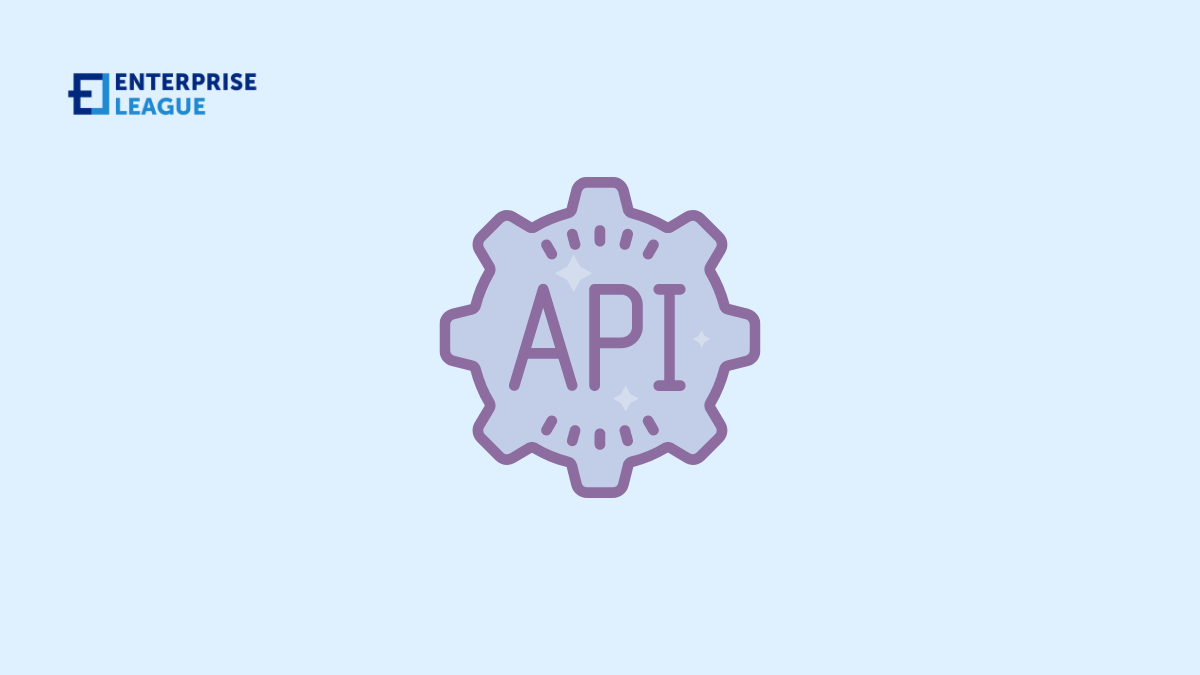A REST API is a service that lets you build applications that interact with your program. It’s a powerful tool that allows clients and users to access data from your website or application without having to rely on browser-based user interfaces or other software platforms. You can use a REST API for several purposes, including:
Before you begin
Before you begin the process of developing a REST API, there are a few things to keep in mind. First, what is a REST API? A REST API stands for Representational State Transfer Application Programming Interface. It refers to an application programming interface that uses HTTP requests over a network connection to access data and can be used with any type of client software as long as it follows the protocol guidelines specified by the server.
It’s important to note that a REST API does not store or manipulate data on its own—it simply communicates with other applications like web browsers or mobile apps over HTTP. This means that there will only be one point of contact between your application and your database; it also has many benefits for security purposes since each request is password protected (by default).
How a REST API works
You’ve probably heard of REST (REpresentational State Transfer) APIs, but are unsure how they work or how to use them. A REST API is a set of rules that define how a client can interact with a server. The client interacts with the server using HTTP methods, like GET and POST, which are more commonly used in web browsers. The server responds to requests from the client by sending back an HTTP status code (200 OK is standard), along with data formatted as JSON or XML, for example.
Why should you use a REST API
There are a variety of reasons why you might want to use a REST API for your project. One reason is that REST is a common standard for APIs and has become the de facto method of creating web services. Another reason is that it’s lightweight and easy to learn, making it ideal for mobile applications. If you’re going to use an API in your project, it’s likely going to be used by both web applications and mobile apps—REST makes sense there because they both need access to the same types of information (a user’s data, photos from their camera roll).
What are some common features of a REST API
To use a REST API, you need to understand some key concepts and terms. Let’s take a look at some of the most common features:
- RESTful design: The architectural style that underpins most modern APIs. It defines how you should set up your API, what type of data it will return, and how clients can interact with it.
- HTTP verbs: The four methods available for accessing resources on an endpoint are GET, POST, PUT and DELETE (read more about them here).
- HTTP status codes: These indicate whether something went wrong when you tried to access a resource or if everything worked as expected. For example, if you try to access an invalid URL in your browser it will show “404 Not Found”, which tells us there was no resource found at that address on our server!
What are some common examples of a REST API in use
You may have used a REST API without even knowing it. Some of the most popular websites in the world, including Twitter, Facebook, and LinkedIn all use REST APIs to power their websites. If you’ve ever used Google’s search engine or visited any of the e-commerce websites on Shopify’s platform (such as those listed above), then you’ve also interacted with a REST API!
How can you design and maintain a successful REST API
- Design the API first.
- Use HTTP verbs to define the action.
- Use a standard format to describe the data.
- Use a standard format to describe errors, if any (which should be few and far between).
- Use a standard format to describe responses, if any (which should be many).
- Keep the API focused on its purpose: one resource, one action, and one response format per call
Conclusion
When designing a REST API, there are some important things to keep in mind. You should begin by deciding on the data structure and the format of the data that you want to serve. Then, you can set up your server and application logic so that they will both work with this new type of client request—and remember that these clients may be coming from anywhere in the world! Finally, make sure that your design meets all industry regulations before launching into production use.
More must-read stories from Enterprise League:
- Unique and creative guerrilla marketing ideas for small businesses.
- Importance of online privacy laws in the digital era and how they protect us.
- Learn how to deal with rude customers in a creative way.
- Key factors in determining salary increases for your employees.
- Tactics for using TikTok marketing for your small business successfully.
Related Articles
Workplace Violence or Drug Accusations: Protecting Yourself Legally
Accusations of workplace violence or drug-related misconduct can derail a career, even when the claims are unfounded. A single allegation can lead to suspension, internal investigations, damaged professional relationships, and in serious cases, criminal charges....
Workers’ Compensation Costs for Factory and Warehouse Forklift Accidents
Forklifts play a central role in day-to-day operations across factories and warehouses, but they also create a significant risk of injury. When a forklift overturns, strikes a pedestrian, or drops a load, the financial impact reaches far beyond the immediate medical...
Delayed Construction Injury Reports: Impact on Workers’ Comp
Construction work carries unavoidable risks, which is why workers' compensation exists to protect employees after an injury. But one factor can alter the entire outcome of a claim: delayed reporting. In the construction industry, where injuries often occur in...
Workplace Violence or Drug Accusations: Protecting Yourself Legally
Accusations of workplace violence or drug-related misconduct can derail a career, even when the claims are unfounded. A single allegation can lead to suspension, internal investigations, damaged professional relationships, and in serious cases, criminal charges....
Workers’ Compensation Costs for Factory and Warehouse Forklift Accidents
Forklifts play a central role in day-to-day operations across factories and warehouses, but they also create a significant risk of injury. When a forklift overturns, strikes a pedestrian, or drops a load, the financial impact reaches far beyond the immediate medical...






